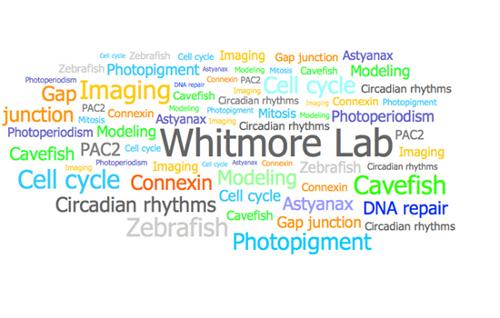Lab
Whitmore Lab
|

|
Statement of Research Interest
Lab Members
| Laranjeiro, Ricardo Graduate Student |
